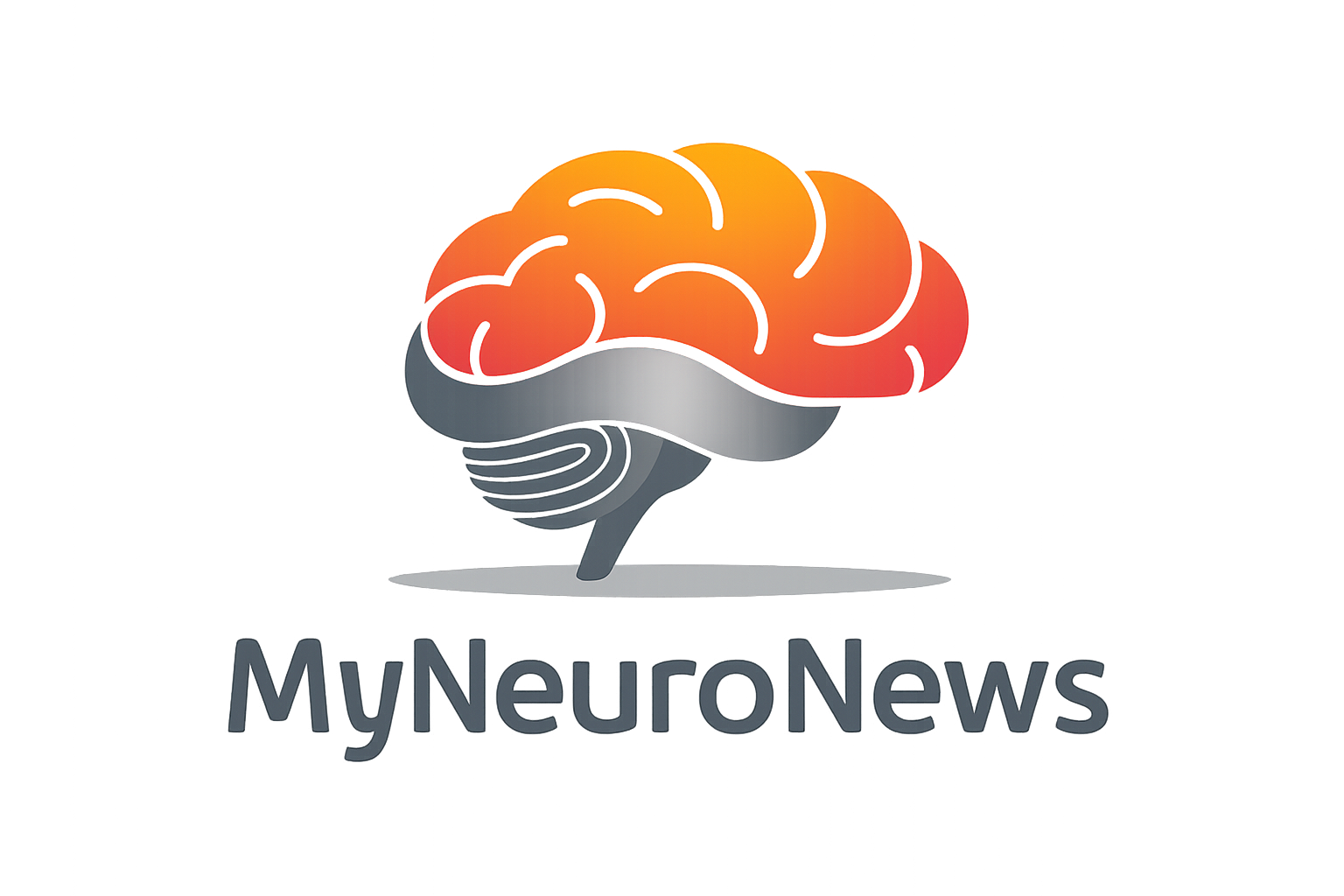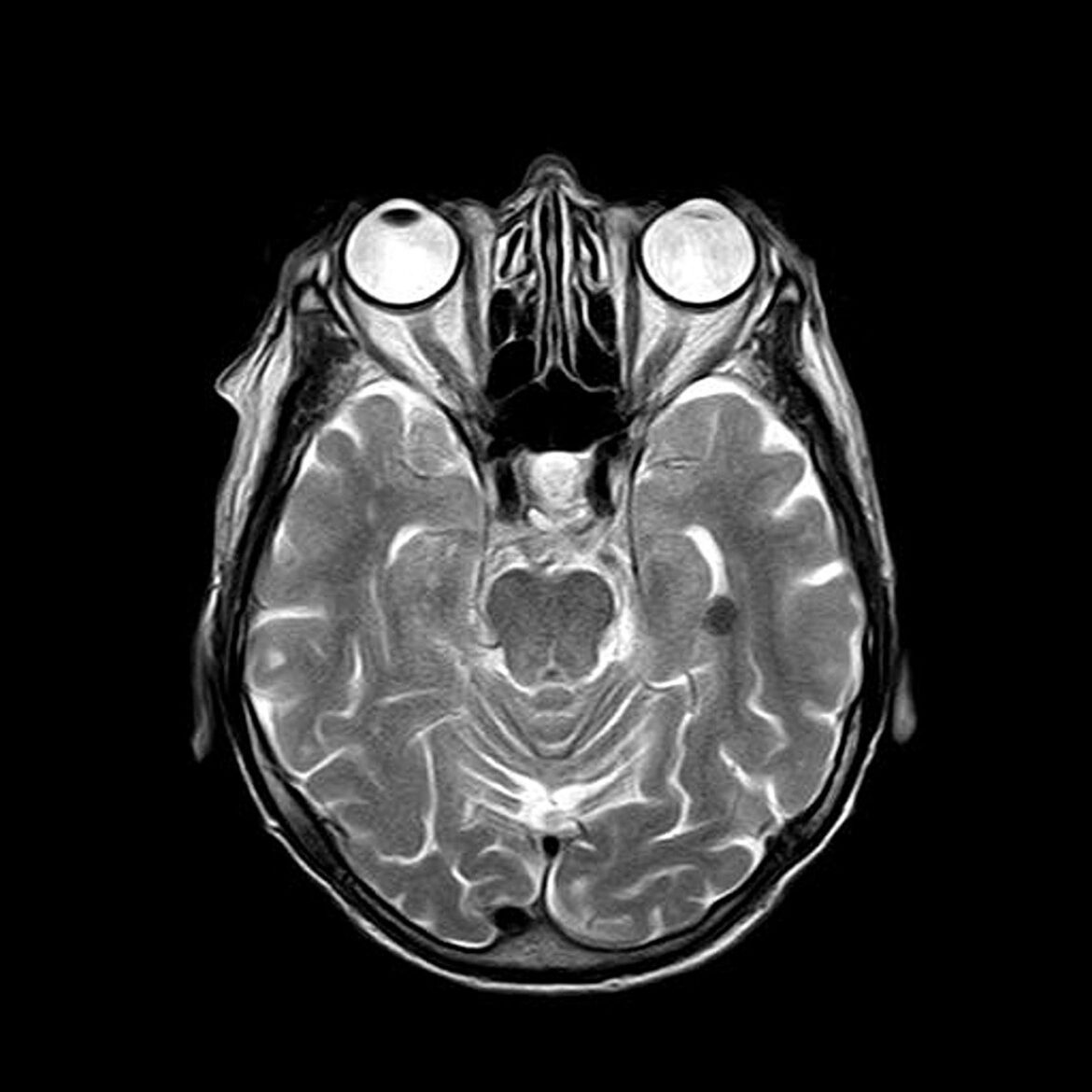Chronic Traumatic Encephalopathy (CTE) has gained significant attention in recent years due to its association with repetitive head injuries, particularly among athletes and military personnel. Though CTE was first identified in the 1920s, it is only now being understood as a serious, progressive neurodegenerative condition. Diagnosing CTE while the patient is alive remains an ongoing challenge, as definitive diagnosis requires postmortem examination. However, new clinical diagnostic criteria for Traumatic Encephalopathy Syndrome (TES) aim to provide a framework for diagnosing the condition earlier and improving patient care.
This article provides a detailed review of the latest clinical and neuropathological criteria for TES/CTE, summarizing key diagnostic approaches, clinical features, and the role of biomarkers in improving diagnosis and treatment.
What is TES/CTE?
CTE is a neurodegenerative disease caused by repeated traumatic brain injuries (TBIs). It is most commonly associated with contact sports, military service, and other vocations that expose individuals to repeated head trauma. The clinical manifestations of CTE—known as Traumatic Encephalopathy Syndrome (TES)—include cognitive, behavioral, and motor impairments that progressively worsen over time.
While the full pathology of CTE remains unclear, it is widely believed to be driven by the accumulation of tau protein in the brain, resulting in neurofibrillary tangles (NFTs) and other forms of brain degeneration. Unfortunately, a confirmed diagnosis of CTE can only be made postmortem through neuropathological examination. Therefore, TES is used as a working diagnosis based on clinical criteria during a patient’s lifetime.
Diagnostic Criteria for TES/CTE
There are multiple sets of clinical criteria used to diagnose TES, each varying slightly in their approach. However, all sets of criteria share some key features: exposure to repetitive head impacts, the progressive nature of the symptoms, and the persistence of symptoms for at least one year.
Summary Table of TES/CTE Diagnostic Criteria
Study Mandatory Condition Symptoms Symptom Duration/Progression Comments
Jordan et al. Exposure to repetitive head impact events Cognitive/behavioral impairments, motor symptoms At least 1 year, absence of new head trauma Diagnosis supported by neuroimaging
Montenigro et al. Exposure to head trauma events Cognitive decline, mood disturbance At least 1 year; progressive course Delayed onset, additional motor signs like impulsivity, anxiety
Reams et al. Exposure to repetitive head impacts Cognitive decline confirmed by testing Over 2 years; progressive course, late onset Provides classification based on predominant symptomatology
NINDS Consensus Exposure to repetitive head impacts (sports, military) Cognitive impairments, neurobehavioral dysregulation Progressive course Progressive symptoms not fully explained by other medical conditions
Key Clinical Symptoms
One of the most significant challenges in diagnosing TES/CTE is that the symptoms overlap with those of other neurodegenerative diseases, making differential diagnosis crucial. The most common clinical symptoms include:
• Cognitive Impairments: Cognitive decline, particularly in memory and executive function, is present in more than 60% of TES/CTE cases. This includes difficulty concentrating, planning, and making decisions.
• Behavioral Symptoms: Behavioral changes, such as impulsivity, aggression, emotional dysregulation, and inappropriate social behavior, are seen in more than 40% of TES/CTE patients.
• Mood Disorders: Depression, anxiety, apathy, and paranoia are common. More than 30% of TES/CTE patients are diagnosed with mood disorders.
• Motor Symptoms: Over 50% of patients experience balance issues, gait disturbances, and, in some cases, parkinsonism.A key feature of TES/CTE is the progressive nature of the symptoms, meaning they worsen over time, even after head trauma has ceased.
Neuropathological Features of CTE
Neuropathological criteria play a critical role in the postmortem diagnosis of CTE. The primary feature observed is the abnormal accumulation of phosphorylated tau (p-tau), which forms NFTs in specific areas of the brain, particularly around small blood vessels at the depths of the cortical sulci. As CTE progresses, tau pathology spreads throughout the brain, leading to widespread neurodegeneration.
McKee et al. identified four stages of CTE based on the severity of tau pathology:
• Stage 1: Mild, with localized tau pathology around small blood vessels.
• Stage 2: Moderate tau pathology with visible brain atrophy.
• Stage 3: Significant neurofibrillary tangles and brain atrophy affecting memory, emotion, and motor function.
• Stage 4: Severe atrophy, widespread NFTs, and significant functional impairment.The Role of Biomarkers
The search for biomarkers that could help diagnose TES/CTE while the patient is still alive is ongoing. Biomarkers in blood and cerebrospinal fluid, such as exosomal tau, neurofilament light proteins, and GFAP, have shown some potential in identifying brain injuries associated with TES/CTE. However, none have been conclusively validated for use in diagnosing TES/CTE.
Neuroimaging techniques, including MRI, PET scans, and MEG (magnetoencephalography), can provide further evidence of brain injury and degeneration, but they are not yet sufficiently sensitive or specific for diagnosing TES/CTE.
Proposed Diagnostic Algorithm
Given the complexity of diagnosing TES/CTE, a multidisciplinary approach is recommended. A thorough patient history, neuroimaging, neuropsychological testing, and biomarker evaluation should all be integrated into the diagnostic process. The proposed diagnostic algorithm for TES/CTE includes:
• Confirmation of exposure to repetitive head impacts.
• Clinical evaluation for cognitive and behavioral symptoms.
• Exclusion of other neurological or psychiatric conditions.
• Regular follow-ups with neuropsychological testing to track symptom progression.Conclusion
While significant strides have been made in understanding TES/CTE, the condition remains difficult to diagnose accurately during life. The current diagnostic criteria provide a foundation, but further research into biomarkers and imaging techniques is essential for advancing diagnosis and treatment. Prevention remains the most effective strategy, particularly for athletes and individuals in high-risk occupations.
Understanding the limitations and capabilities of current diagnostic tools is critical for clinicians, researchers, and patients alike as we continue to seek better ways to manage and mitigate the effects of repetitive head trauma on long-term brain health.

